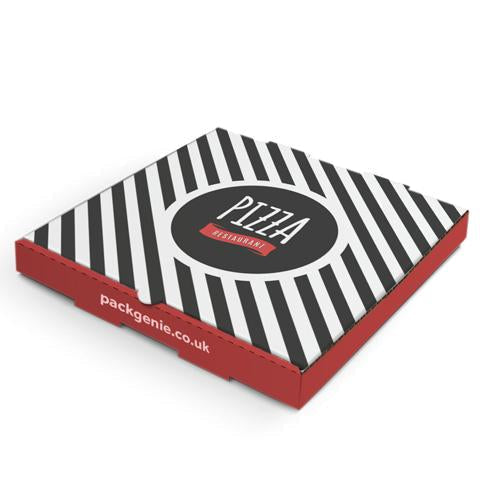The Importance of Baking Liner Paper in Culinary Creations
In the world of baking, every detail counts, and the tiniest choices can make a significant difference to the final outcome. One such essential choice is the use of baking liner paper, a material often overlooked by amateur and even some professional bakers. This versatile tool serves multiple purposes that elevate the baking experience and enhance the quality of baked goods. In this article, we will explore the various types of baking liner paper, their benefits, and tips for using them effectively.
What is Baking Liner Paper?
Baking liner paper, commonly known as parchment paper, is a specially coated paper designed to withstand high temperatures in an oven. This paper is typically made from cellulose and coated with silicone, making it non-stick, heat-resistant, and moisture-resistant. Other variations of baking liner paper include silicone baking mats and aluminum foil liners, each with its unique features and amenities.
Benefits of Using Baking Liner Paper
1. Non-Stick Surface The primary advantage of using baking liner paper is its non-stick nature. It prevents baked goods from sticking to trays or pans, making it easier to remove cakes, cookies, and other items without causing damage. This is particularly beneficial for delicate pastries and cookies, which can easily break or crumble if not carefully handled.
2. Easy Cleanup Baking can be a messy endeavor, but using baking liner paper simplifies the cleanup process. Instead of scrubbing baking sheets and pans, bakers can simply remove the liner and dispose of it, leaving behind minimal mess. This is especially helpful when working with sticky batters or toppings that might cling to the surface.
3. Heat Conduction Baking liner paper is designed to distribute heat evenly, promoting uniform cooking. This feature helps prevent hot spots that can result in uneven cooking or browning, ensuring that cakes rise properly and cookies bake evenly.
4. Versatility Baking liner paper can be used for a variety of culinary tasks. Besides lining baking sheets, it can be used to roll out dough without adding extra flour, create piping bags for decorating, or even wrap food for steaming. Its versatility makes it an invaluable tool in both professional and home kitchens.
baking liner paper

5. Health Considerations Many baking liner papers are free from harmful chemicals often found in other types of non-stick products. This makes them a healthier choice for preparing food, especially for those concerned about what goes into their meals.
Tips for Using Baking Liner Paper
1. Cut to Size When using baking liner paper, ensure it fits your baking pans perfectly. Trim the paper to avoid excess that could curl up, which may affect the cooking process.
2. Keep it Flat If you're using parchment paper, try to keep it flat against the baking surface. You can lightly grease the pan before placing the paper to help it stick down, preventing it from lifting during baking.
3. Storage Store your baking liner paper in a cool, dry place to maintain its quality. Keep it away from moisture to prevent it from wrinkling or becoming unusable.
4. Check Compatibility Not all baking liner papers are created equal. Some can endure higher temperatures than others. Always check the manufacturer’s instructions to ensure the paper can withstand the heat required for your baking task.
Conclusion
In conclusion, baking liner paper is an essential component in the baking arsenal, providing numerous benefits that enhance the baking experience. Its non-stick nature, ease of cleanup, and versatility make it a must-have for any baker looking to achieve perfect results. As you embark on your next baking adventure, consider incorporating baking liner paper into your process—it could be the secret ingredient that takes your culinary creations to the next level!



